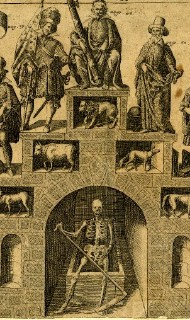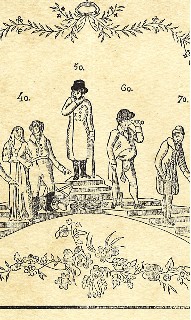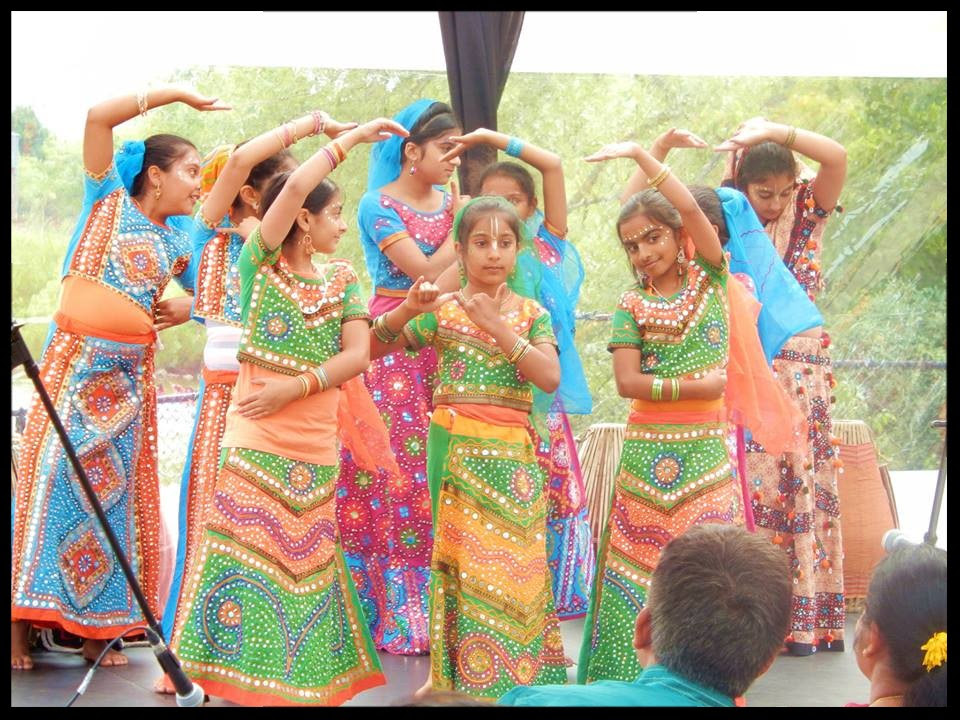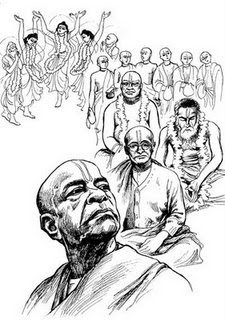
(Kadamba Kanana Swami, 31 December 2018, Simhachalam, Germany, Srimad Bhagavatam 3.25.21)
After taking sannyasa, Lord Caitanya, by a trick of Lord Nityananda, met all the devotees from Bengal, including Mother Saci. Lord Caitanya had a transcendental mood. He said, “What have I done? I was mad. Somehow or other, I took sannyasa in a fit of madness. How could I give up my mother? But now it is too late – now it is done!”
Upon hearing this, Mother Saci said, “I beg that I may be allowed to cook this week and that I will be the only one to cook.” Everyone wanted to cook, but it was Mother Saci’s wish that was granted, and when she cooked, it was just something incredible. Each time she cooked, it had always been special, but this time she knew that she was cooking for the last time for Nimai. So she was cooking with so much love and so much devotion, putting everything in whatever she made, and then it was offered. When the devotees got this maha-prasadam, it was extraordinary!
You can buy food items from the supermarket, read the ingredients and say, “Well, it is vegetarian … Sri Vishnu, Sri Vishnu, Sri Vishnu … and now we have prasadam.” Yes, that is prasadam, but then there is also prasadam where the devotee has, with great love and dedication, taken so much effort to do something extraordinary that you can taste it in every bite! That is what the devotees and even Mother Saci were tasting.
This movement is made of dedication and it is dedication which makes things special. And it is dedication that is the means by which we preach. If we think that preaching means to learn the art of hypnosis, then we are making a big mistake. Devotees purchase others with their exemplary dedication.
The article " Taste of Love " was published on KKSBlog.

 By Karuna Dharini Dasi
By Karuna Dharini Dasi By Mina Sharma
By Mina Sharma By Navina Syama Dasa
By Navina Syama Dasa By Padma Devi Dasi
By Padma Devi Dasi By Paramadayala Nityananda Das
By Paramadayala Nityananda Das This video was posted on her mother's Instagram page where also expresses her liking for the vaishnava songs of Srimati Jahnavi devi dasi and her latest readings from the Bhagavad-gita.
This video was posted on her mother's Instagram page where also expresses her liking for the vaishnava songs of Srimati Jahnavi devi dasi and her latest readings from the Bhagavad-gita. By Mina Sharma
By Mina Sharma Adi-Guru das: Devotees from all spectrums of ISKCON joined together to meet thousands of spiritual seekers at the London Mind Body Spirit Wellbeing Expo. With the Pop Up Temple, kirtans, book distribution and both Sivarama Swami and Ananda Monet featuring on the Main Stage and veteran book distributor Adi-Karta prabhu, it was a wonderful success with over 300 Maha big books distributed and hundreds of people experiencing kirtan for the first time.
Adi-Guru das: Devotees from all spectrums of ISKCON joined together to meet thousands of spiritual seekers at the London Mind Body Spirit Wellbeing Expo. With the Pop Up Temple, kirtans, book distribution and both Sivarama Swami and Ananda Monet featuring on the Main Stage and veteran book distributor Adi-Karta prabhu, it was a wonderful success with over 300 Maha big books distributed and hundreds of people experiencing kirtan for the first time.





 By Jagabandhu dasa
By Jagabandhu dasa

 Pandava Nirjala Ekadasi
Pandava Nirjala Ekadasi Adult Education At The Temple
Adult Education At The Temple




 By Kripamoya dasa
By Kripamoya dasa By Tamohara dasa
By Tamohara dasa By Bhaktivaibhava Swami
By Bhaktivaibhava Swami







